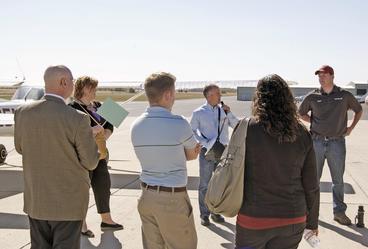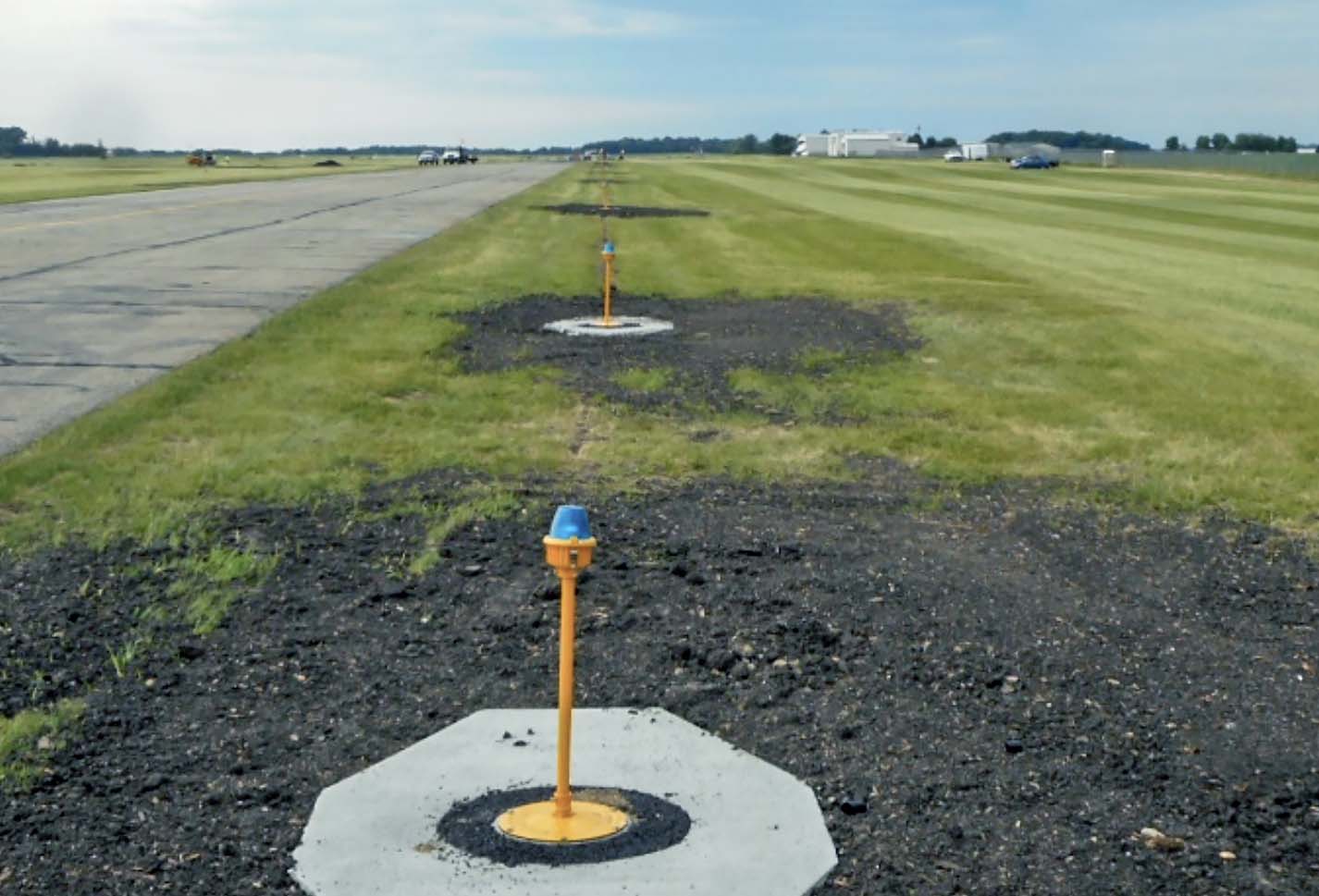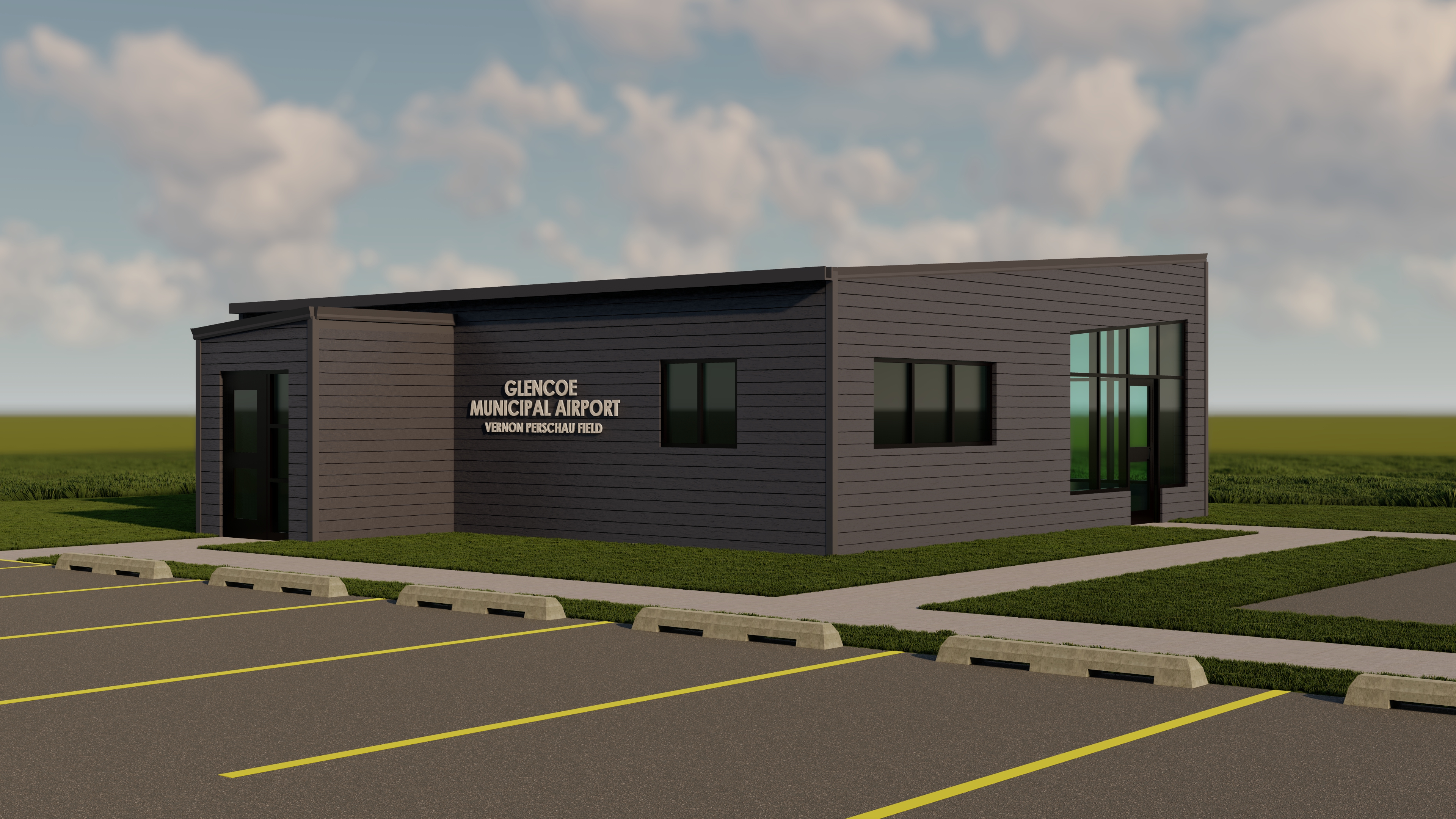
You’ve met with airport tenants and the airport board. You’ve updated your airport Capital Improvement Program (CIP) and finished the airport layout plan. You’ve had initial discussions with MnDOT and the FAA. Your airport project is ready to go!
That is, until you attend a city council or county board meeting only to learn that local funding for your project isn’t approved. What can you do? What’s the next step to make sure you don’t lose all the hard work and progress put into your project?
Although many general aviation (GA) airport managers have a consultant to help with the specific federal and state requirements for funding, there is still that essential piece of the puzzle to move airport projects forward: support from city council or county board members. Following are five ideas for how airport managers can educate and engage decision makers on what it takes to maintain a safe airport facility, continue to provide needed growth opportunities, and ultimately help secure critical funding.
1) Host an open house at the airport and provide a tour
Most city council and county board members have never been to their local airport, yet their decisions are vital to the local airport’s funding and future. Hosting an open house and providing a detailed tour of your airport is a great way to educate and engage decision makers. These events allow your council or board members to put their feet on the runway and drive down the taxiway, which can give them a sense of ownership of the proposed projects. During the tour, point out the hangar owners and based aircraft that are paying fees to store aircraft at the airport, the fuel system producing revenue for operating expenses, or the navigational aids used by pilots to access the runway.
Tours also give members an opportunity to think of ways the community could use the airport and earn revenue for operating expenses, such as renting conference rooms to the public for community meetings or social gatherings.
2) Hold an annual CIP meeting prior to local budget deadlines
The FAA and MnDOT Office of Aeronautics require airport sponsors to provide a CIP that documents project and maintenance needs for the next 20 years at the airport. In fact, if a project isn’t included in an airport’s CIP, it will not be considered for federal or state funding.
The FAA and MnDOT ask that the CIP include realistic projects for the first three years. This ensures the airport sponsor has the local share of the project funding available before MnDOT and the FAA secure funding for a project. If the local funding share is unavailable, the project may need to be shifted to a later date. Brainstorming project needs and the local budget can benefit the city council or county board members and give airport staff a realistic understanding of funding availability. Collaboration and communication are critical to helping council or board members understand project timing and funding needs prior to local funding requests.
3) Conduct an “Airport 101” educational session
A significant amount of infrastructure and pavement is used in airport operations, along with airspace and navigational aids—all of which need to be kept in good working condition. Decision makers must be aware of operational needs at a local level so they can help with critical future processes and make more informed decisions.
GA airport managers are often city administrators or public works directors who have the airport under their umbrella of responsibilities. What they’ve learned along the way can also benefit their council and board members. Holding Airport 101 education sessions provides an opportunity to:
- Share knowledge specific to the regulations and requirements for an airport sponsor.
- Share the type of funding available, including federal and state grants.
- Discuss the airport’s 20-year master plan and airport layout plan.
- Clearly lay out the complex requirements that need to be met to receive state and federal funding.
4) Review the community residents and businesses who use the airport
The presence of a local airport can attract businesses to a community—for flying staff to business meetings as well as flying goods. City council or county board members may not know the local manufacturing company or retail stores that are using the airport for business travel. Introducing community members to council or board members can provide the background and information needed to continue to gain their support.
Further, local airports are often used in emergency situations. Many medical operators use the airport for patient or donor transports. An ambulance can meet a medical helicopter or aircraft at the airport to provide transportation to or from the local hospital.
Communicating about how businesses and medical operators rely on the airport is a way to emphasize how the local community benefits from maintaining the facility.
A local airport provides jobs to residents, brings in goods and services, and attracts business outside of aviation. The MnDOT Office of Aeronautics’ economic impact calculator can document this economic impact and is a helpful tool to gain insight and communicate the benefits with decision makers.
5) Host a pancake breakfast or community event at the airport
Hosting a social event such as a pancake breakfast can be a great way to showcase your airport and bring people out who might otherwise not have a reason to visit it. For these events, the airport sponsor usually teams up with local community groups, which provide the labor and supplies. The events might be a way for a community group to raise money for its organization, which in turn may make the airport a more inviting place for group members and encourage them to share their love of aviation with the broader community.
Events can also attract the next generation of aviation enthusiasts, providing them with an opportunity to see what the field is all about and the type of careers available to them. Young attendees can also gain hands-on experience with aircraft and see what an airport looks like up-close.
Moving an airport project from planning to construction takes support from many people. Education and engagement are key to garnering local support for your airport and airport projects—and the best way to build that support and rapport is by building relationships with the people in your community.
—Melissa Underwood is a senior aviation planner with SEH. Fillmore County Airport manager Pam Schroeder also contributed to this article.


